The so-called Mesogastria denote the two mesenteries in the stomach, the development and formation of which takes place during the embryonic period. The mesogastrium represents the areas of the human abdomen, the organs and the abdominal wall. These are located between the navel and the connection between the two anterior superior iliac spines.
What is a mesogastrium?
The dorsal mesogastrium denotes the rear part of both mesogastria. In this area, the spleen develops as a result of mesenchymal proliferation. The development takes place up to the stage of the greater omentum and the ligamentum gastrolienales as well as the ligamentum gastrocolicum.
The gastrophrenic ligament, the phrenicolienal ligament and the phrenicocolic ligament also follow. The ventral mesogastrium refers to the mesogastrium in the anterior region. The ventral and dorsal mesohepaticum arise at this point, because the cells of the liver primordium grow into the mesogastrium. From the so-called Mesohepaticum ventralale the ligamentum falciforme hepatis grows in the appendix. The lesser omentum and its two parts arise from the mesohepaticum dorsale. These designate the ligamentum hepatogastricum and the ligamentum hepatoduodenale.
Anatomy & structure
The human stomach is connected to the dorsal wall through the mesogastrium. This is connected to the transverse septum by means of a duplicate of the so-called peritoneum. The ventral connection is represented by the ventral mesogastrium.
Since the liver develops during the embryonic period, a ventral protrusion of the intestinal tubes into the transverse septum arises. The connection form, known as the ventral mesogastrium, develops into the so-called hepatogastric ligament or the lesser omentum. The peritoneal cavity is the coelom gap at the level of the midgut. This extends cranially to the left and right on the liver and finally ends in a visceral coating of this organ. From the ventral point of view, there remains a duplication of the peritoneum called the falciform ligament.
The stomach is shifted to the left and causes a 90-degree turn. However, this is only the result of stronger growth of the later anterior wall of the stomach and the fundus from active rotation. This creates a small bridge in the connective tissue of the stomach and the stomach wall in the rear area opens into a large fold, the so-called mesogastrium dorsale. This is where the pancreas and the spleen are attached in the later course. The different growth rates are responsible for this, which largely determine the position and shape of the stomach and its different sections. Therefore, the so-called duodenum with the attachments for the pancreas is already present on the posterior abdominal wall at an early stage.
The position is no longer shown in an intraperitoneal way but is shown as a secondary retroperitoneal view. This creates the connection to the vascular-pancreatic pedicle. The formation of the diaphragm is responsible for the caudal displacement of the anterior intestine and ends in the final establishment of the so-called esophageal passage and the formation of the vascular-pancreatic pedicle. Thus, the pylorus and cardia are fixed, and the growth of the stomach ultimately only consists of left-sided horizontal displacement of the organs and the aforementioned 90-degree rotation of the same.
Function & tasks
The so-called mesenteries fix the intestinal tube to the posterior wall in the human abdomen. This is where the nerves and blood vessels of the individual organs lie. The fact that individual areas of these mesenteries partly reconnect with the abdominal wall is the reason for the secondary retroperitoneal course of the nerves and vessels.
A solid ventral connection is created at stomach level as well as in the area of the small intestine and the liver anlage. This represents the so-called mesogastrium ventral. In the further development, the hepatic artery, the portal vein and the common bile duct will run here. The so-called dorsal meso represents the fixation of the organs that reach the dorsal abdominal wall. In the area of the small intestine, the mesenteric conditions are made more difficult due to the rotation of the intestine, since this rotation of the mesentery in the entire area of the small intestine means that there is only one place above the so-called inferior part of the duodenum.
Furthermore, during the development of the fetus there is a displacement of the mesentery from the ascending and descending colon to the posterior abdominal wall. A secondary retroperitoneal connection then arises here, from which the radix mesenterii grows, which crosses the entire posterior abdominal wall from the caecum to the flexura duodeno jejunalis. This resembles the part of the mesentery of the ascending colon that is fused with the posterior abdominal wall. This connection does not arise at the level of the so-called sigmoid. This area remains in communication with the mesosigmoid in an intraperitoneal manner. The rectum is located caudal or dorsal to the peritoneal area. The term retroperitoneal system is used here.
You can find your medication here
➔ Medicines for stomach ailments and painDiseases
Ultimately, the mesentery is connected to the so-called volvulus. This refers to the rotation of an area of the digestive tract that takes place around the mesenteric axis. This rotation is seen as the cause of common complaints and illnesses.
The reason for this lies in the restricted blood supply to the area affected by the rotation, which runs along the mesentery. This restriction can cause life-threatening intestinal obstruction and tissue death in the intestine. The so-called acute volvulus is always a surgical emergency. Immediate hospitalization should take place here. The range of complaints and diseases often extends to malformations of the anatomy in the mesenteries. Injuries of various kinds are also possible, for example from external influences such as stab wounds or gunshot wounds.

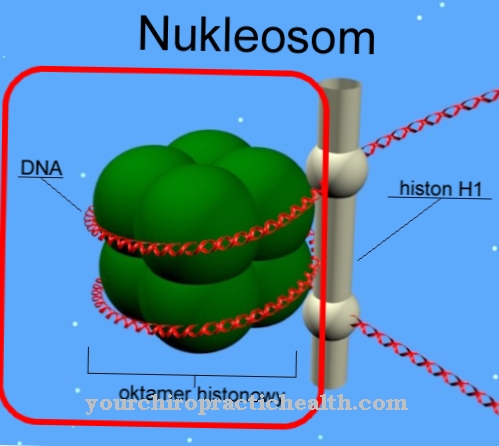
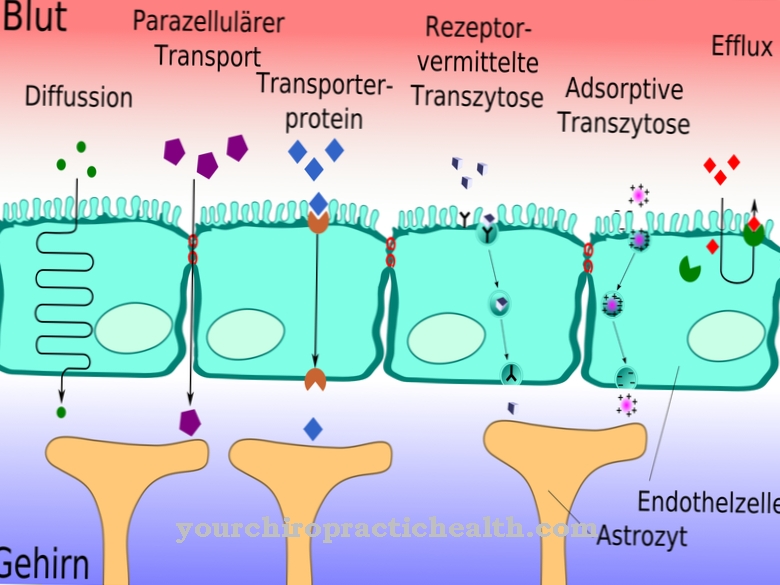
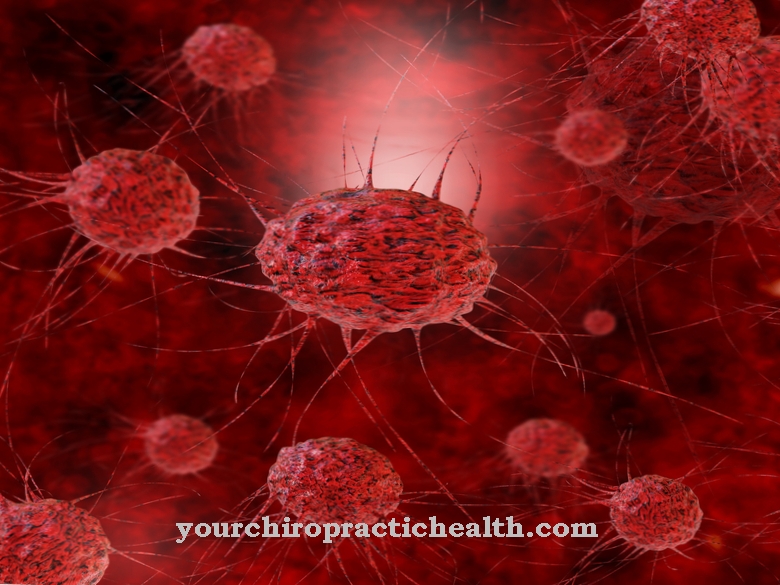
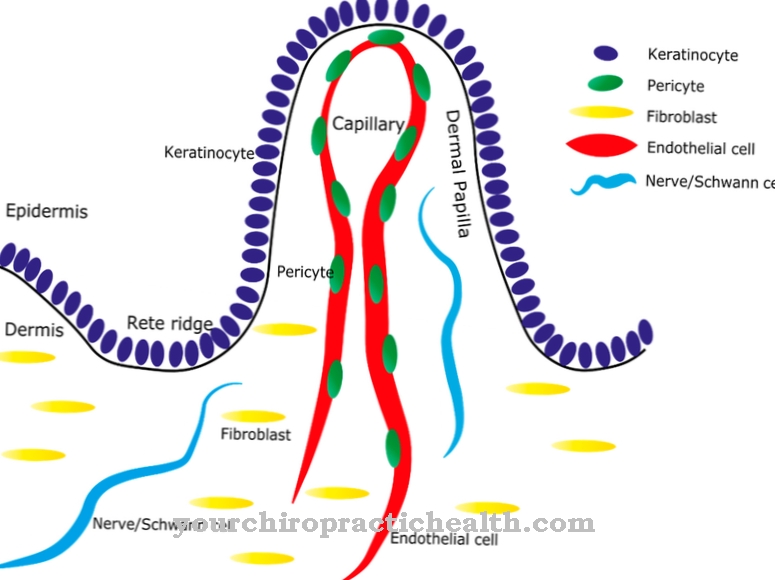

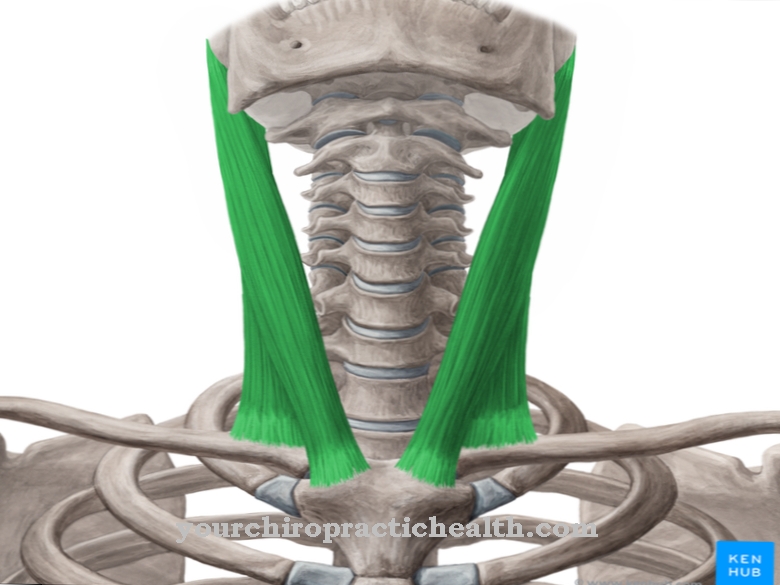






.jpg)

.jpg)
.jpg)











.jpg)